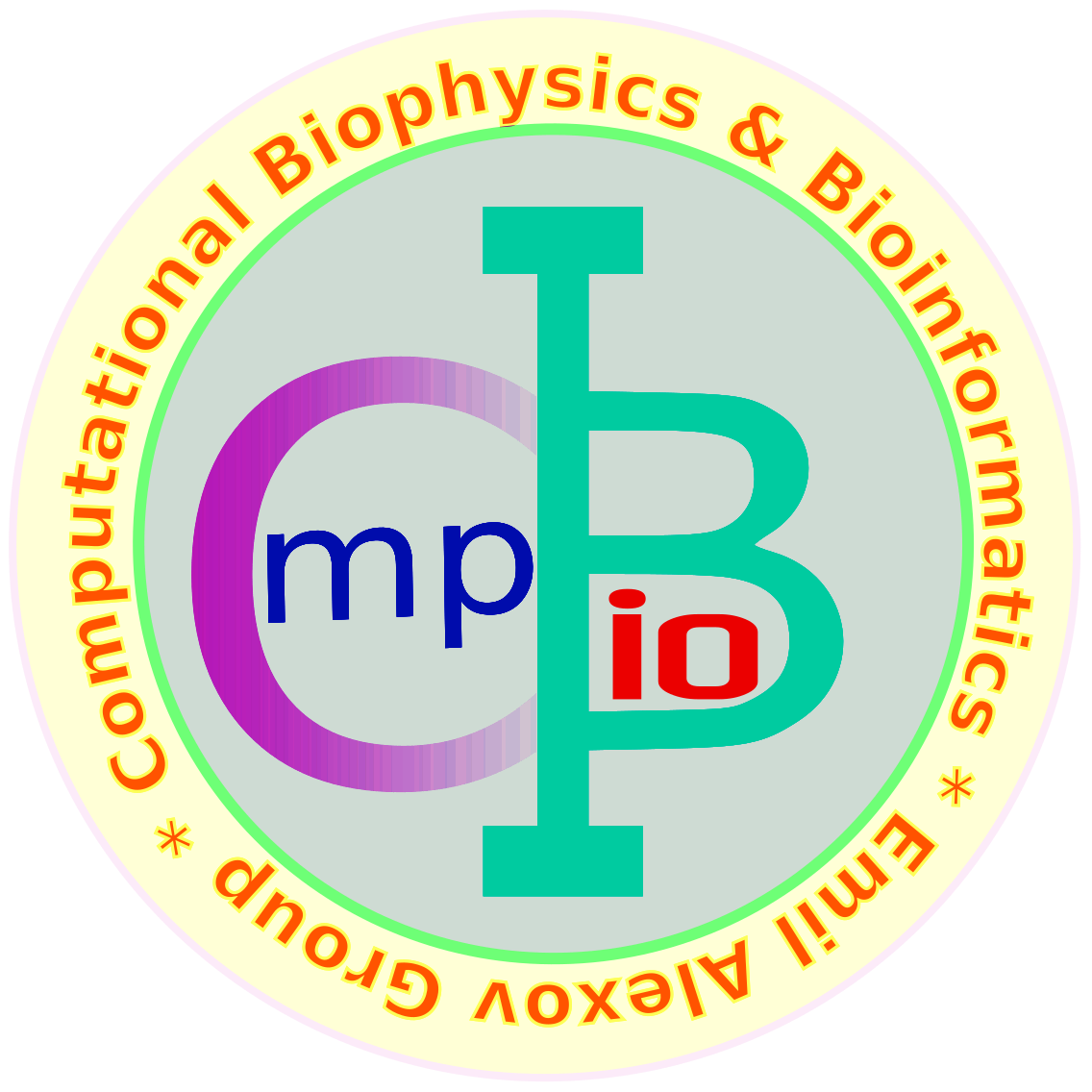Question: What is a .pqr file?
Answer:
A .pqr file is an ascii text file in which the information about the position-coordinates (p)
partial atomic charges (q) and atom size (r) for every of the atoms in the molecule are present.
Usually the hydrogen atoms are missing in structures deposited in protein data bank (PDB),
there may be solvent (water) and other small molecule in protein structures present in PDB.
BION-2 needs only solute/protein information (not solvent and other molecules information).
Question: Does BION-2 accepts .pqr file with missing hydrogen for processing?
Answer:
NO. BION-2 is not meant to process .pqr files in which hydrogen atoms are missing.
Question: What to do if the structure has stretches of missing residues in it?
Answer:
Structures with missing residues has to be fixed (missing residues has to be modelled), before creating .pqr. However, if
you prefer to use DelphiPka then it does this work for you before doing protonation state prediction and generation of .pqr file.
Question: Can some of the atom sizes be zero (0.0)?
Answer:
NO. A zero atom size is unphysical, hence it could not be 0.0.
Question: How to deal with small molecules bound to protein in BION-2?
Answer:
BION-2 does not have any issue in considering small molecules bound to protein, provided coordinate (p), partial charges (q)
and atom size (r) is present in the submitted .pqr file.
Question: Can all the partial atom charges be zero (0.0)?
Answer:
NO. All the zero partial atomic charge for a molecule implies .pqr file does not contain charge information. However,
charge information is mandatory.
Question: Why BION-2 needs .pqr not coordinate only formats e.g. .pdb?
Answer:
The .pqr format provides users liberty to use relevat pH for their protein of interest, this way they can add hydrogens
considering the protonation states of titratable residues in the protein. This allows BION-2 to consider the effect of
pH in implict way.
Question: How can I generate a .pqr file from my .pdb file?
Answer:
There are multiple protonation state prediction tools reported in literature. For example, one can use our own
tool DelphiPka at
http://compbio.clemson.edu/pka_webserver/.
Apart from this one can use pdb2pqr untility from APBS. Reduce from AmberTools etc.



